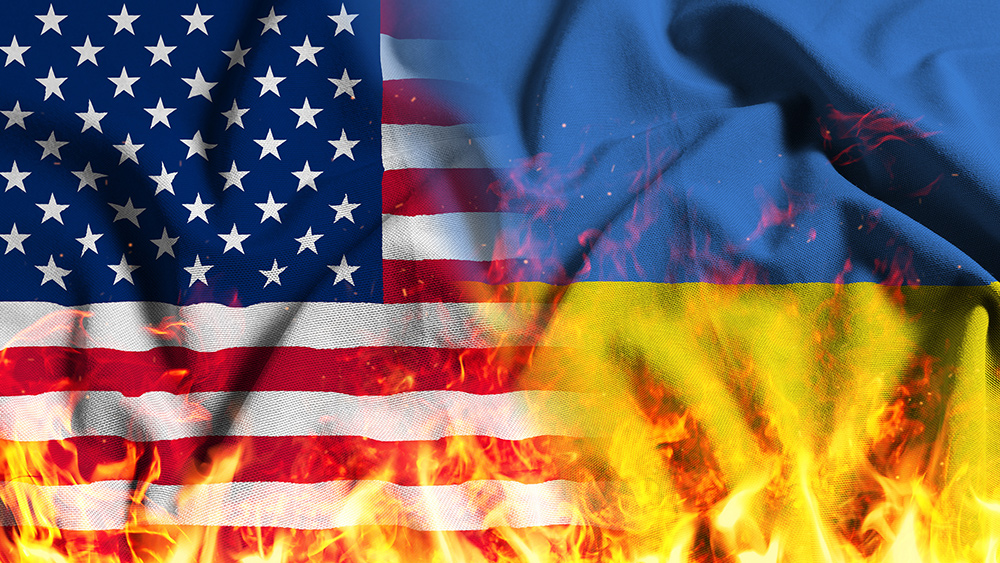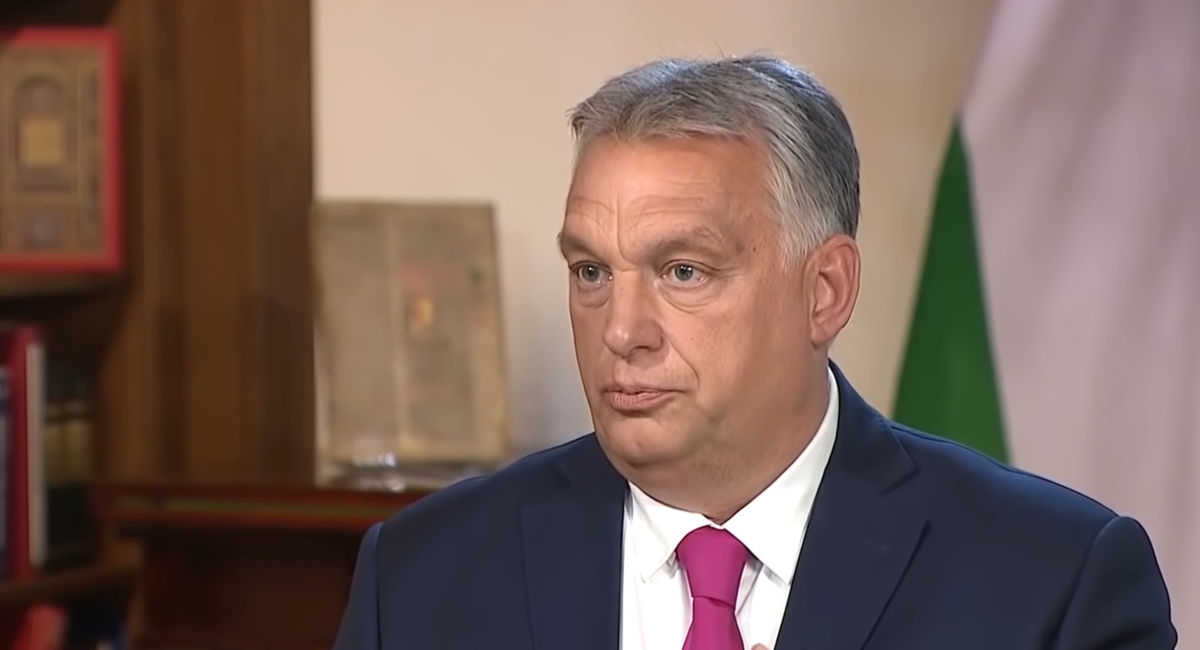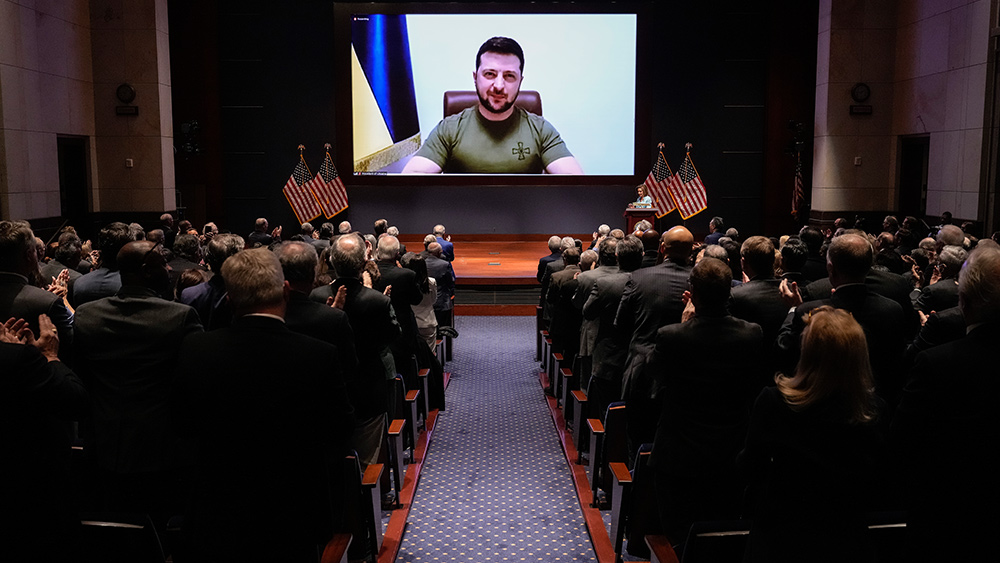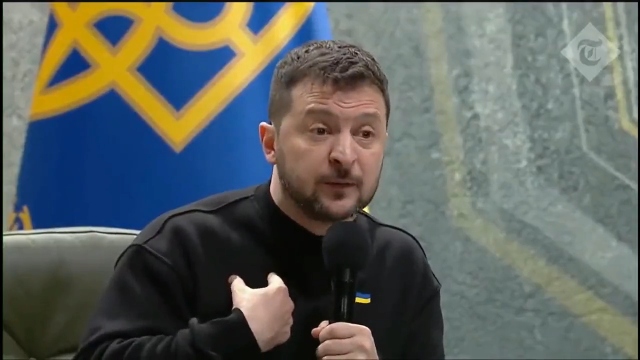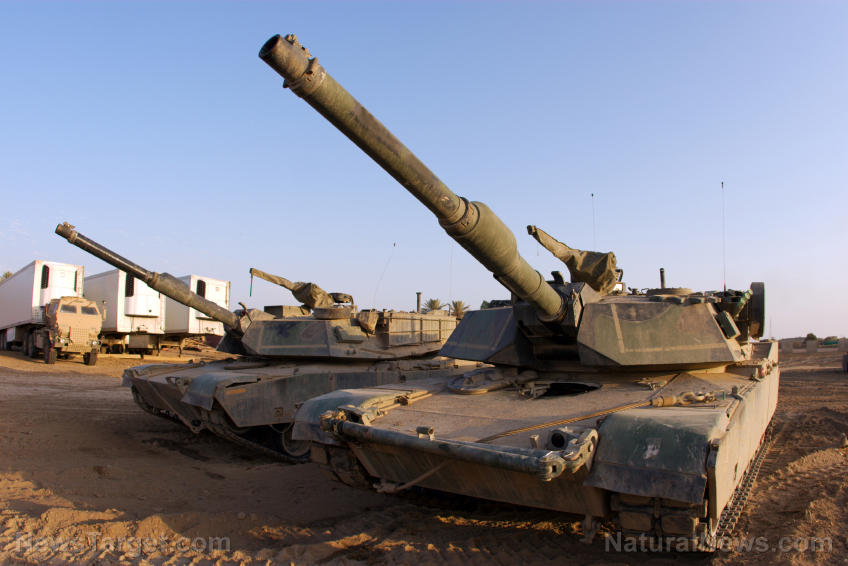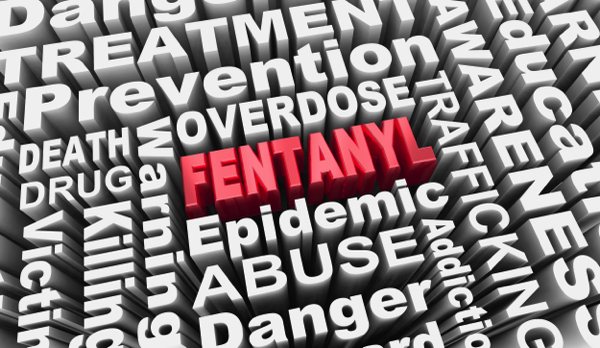 Parler
Parler Gab
Gab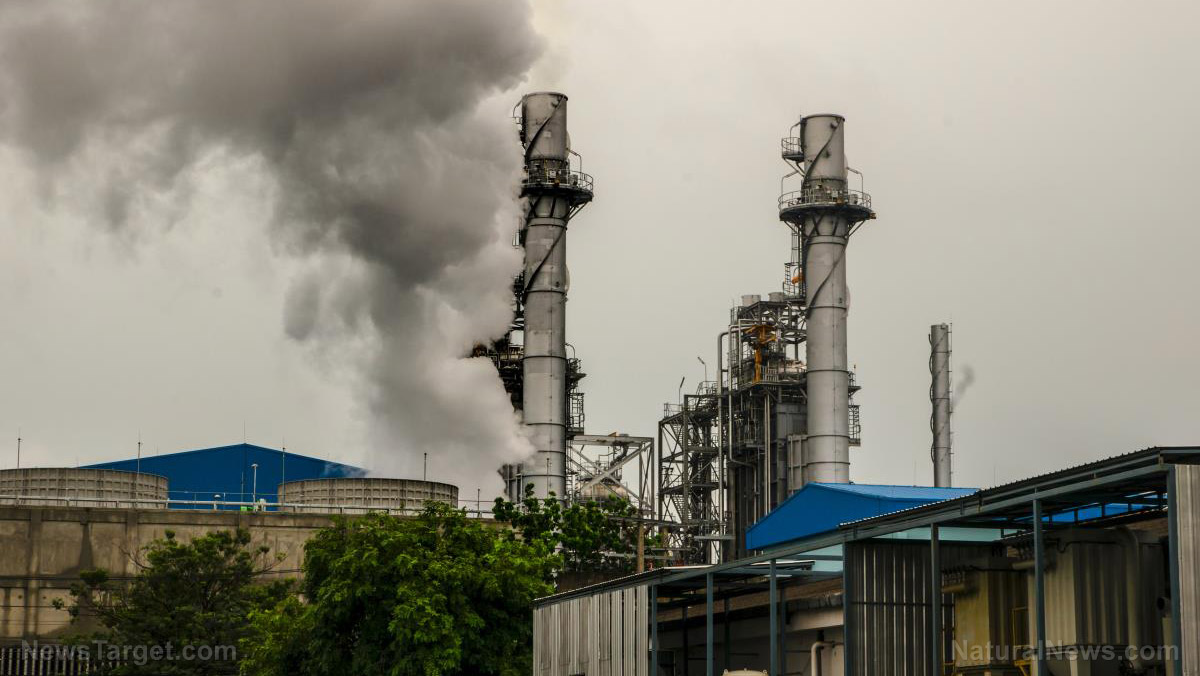
- A drone strike on the Chernobyl Nuclear Power Plant's New Safe Containment (NSC) structure has raised global concerns over nuclear safety in war zones.
- Ukrainian officials blame Russia for the attack, while Russia denies responsibility, with President Zelenskyy calling Russia a "terrorist state."
- The NSC, designed to contain radioactive remnants, suffered damage to its roof and critical rails, potentially compromising its structural integrity.
- Experts warn that the attack's consequences could be severe, including the risk of releasing radioactive material and exposing the unstable sarcophagus beneath.
- The incident highlights the vulnerability of nuclear facilities to modern warfare and underscores the need for global measures to protect these critical sites.
Deliberate attack or reckless miscalculation?
The incident occurred overnight when a drone struck the NSC, a massive steel-and-concrete arch designed to contain the radioactive remnants of Reactor 4, which melted down in 1986. The strike caused a fire and breached the outer layer of the NSC’s roof, though the inner layer remains intact. Ukrainian President Volodymyr Zelenskyy shared footage of the damage, showing a gaping hole in the structure and debris from the drone scattered across the site. “Another 15 meters to the side and there would have been a radiation accident,” said Hryhoriy Ishchenko, chief of the agency managing the Chernobyl exclusion zone, according to local media. Russia has denied responsibility, with Kremlin spokesman Dmitry Peskov stating, “There is no talk about strikes on nuclear infrastructure, nuclear energy facilities. Any such claim isn’t true. Our military doesn’t do that.” However, Ukrainian officials have labeled the attack as a deliberate act of aggression, with Zelenskyy calling Russia “a terrorist state.” The NSC, completed in 2016 at a cost of nearly $2 billion, was designed to withstand natural disasters and even small aircraft strikes. However, it was not built to endure explosive drone attacks, a vulnerability that has now been exposed.Long-term risks: A fragile shield and a dangerous precedent
The immediate concern is the structural integrity of the NSC. The drone strike damaged rails attached to the roof, which are critical for moving cranes that will eventually dismantle the remains of Reactor 4. Olena Pareniuk, a senior researcher at Ukraine’s Institute for Safety Problems of Nuclear Power Plants (ISSNP), described the damage as “a big deal,” adding that an assessment is underway to determine the full extent of the harm. In a worst-case scenario, repair work could require the NSC to be rolled back on its tracks, exposing the unstable sarcophagus beneath. “That is an unstable structure,” Pareniuk warned. “Of course, it would be dangerous if we had to do this.” Such a move could risk releasing radioactive material and cost hundreds of millions of dollars to address. Sergii Mirnyi, a research fellow at the National Chernobyl Museum in Kyiv, emphasized that the strike’s shockwaves could have caused damage beyond the visible breach. “The main problem is not the opening itself, but rather what will happen to the other components and the system as a whole,” he explained.Dangerous flashpoint in a broader conflict
This incident is the latest in a series of alarming developments involving nuclear facilities in Ukraine. Since the Russian invasion in 2022, both Chernobyl and the Zaporizhzhia Nuclear Power Plant—Europe’s largest—have been caught in the crossfire. The IAEA has repeatedly warned of the risks posed by military activity near these sites, calling for restraint to avoid a “major nuclear incident.” The strike on Chernobyl comes amid heightened tensions over potential peace talks between Russia and the U.S., with President Donald Trump signaling a willingness to negotiate directly with Vladimir Putin. Zelenskyy has accused Russia of using the attack to derail diplomatic efforts, stating, “The only state in the world that can attack such facilities, occupy the territory of nuclear power plants, and conduct hostilities without any regard for the consequences is today’s Russia. And this is a terrorist threat to the entire world.”Why this matters: A stark reminder of Chernobyl’s legacy
The 1986 Chernobyl disaster remains one of the darkest chapters in nuclear history, with its radioactive fallout affecting millions across Europe. The NSC was built to prevent a repeat of such a catastrophe, ensuring that the radioactive remnants of Reactor 4 would remain contained for the next century. Today’s attack underscores the fragility of that safeguard and the dangers of nuclear facilities becoming targets in modern warfare. As Simon Evans, former head of the Chernobyl Shelter Fund, noted, the shield “was never built to withstand external drone attack.” The international community must now grapple with the implications of this strike. If nuclear facilities can be targeted with impunity, the consequences could extend far beyond Ukraine’s borders. The IAEA has already placed its teams on “high alert,” but more robust measures may be needed to protect these critical sites. As the world awaits further details on the extent of the damage, one thing is clear: Chernobyl remains a potent symbol of humanity’s capacity for both technological achievement and catastrophic failure. The drone strike serves as a grim reminder that the lessons of 1986 must not be forgotten—and that the stakes of this conflict are higher than ever. For now, the radiation levels at Chernobyl remain stable. But the breach in its protective shield is a warning to the world: in an era of advanced warfare, even the most fortified structures are not immune to attack. The question is whether the international community will act to prevent the next disaster—or wait until it’s too late. Sources include: Twz.com BBC.com APNews.comIsraeli outrage as Hamas misidentifies hostage remains, jeopardizing fragile truce
By Cassie B. // Share
Poll showing 57% approval for Zelensky questioned due to BIASES
By Ramon Tomey // Share
Governments continue to obscure COVID-19 vaccine data amid rising concerns over excess deaths
By patricklewis // Share
Tech giant Microsoft backs EXTINCTION with its support of carbon capture programs
By ramontomeydw // Share
Germany to resume arms exports to Israel despite repeated ceasefire violations
By isabelle // Share

